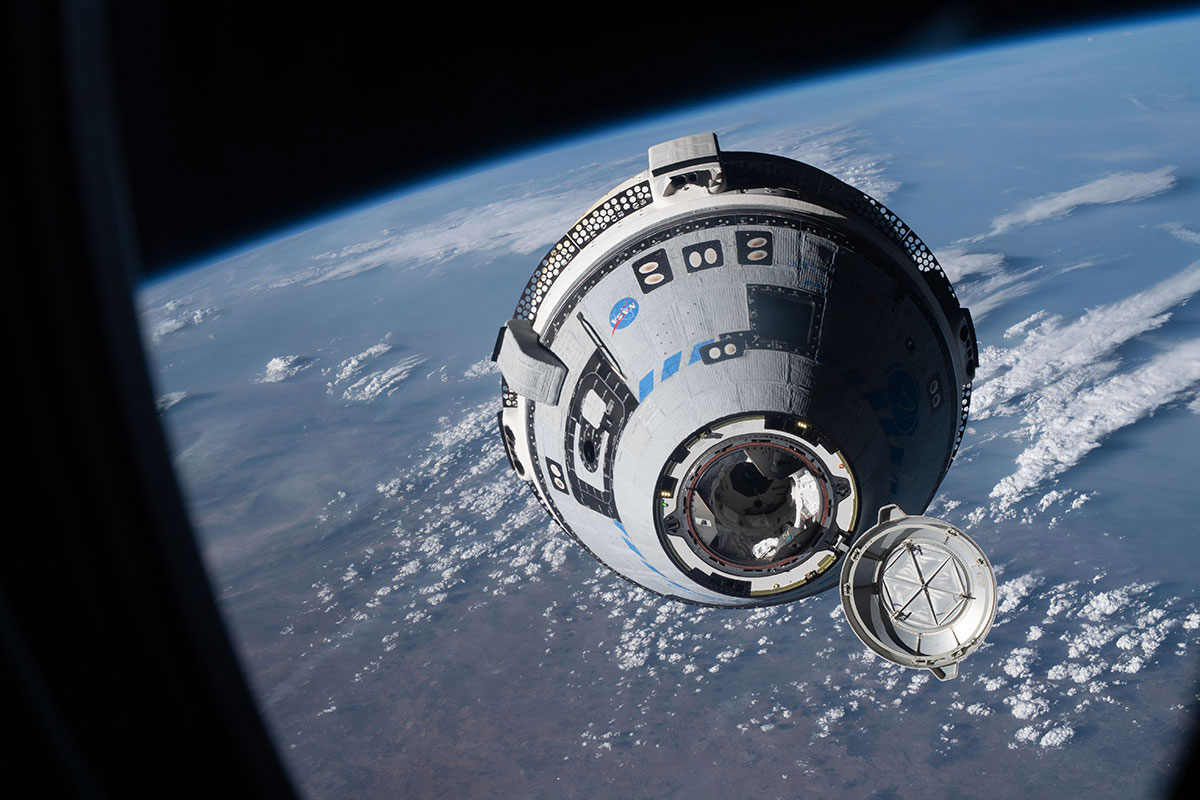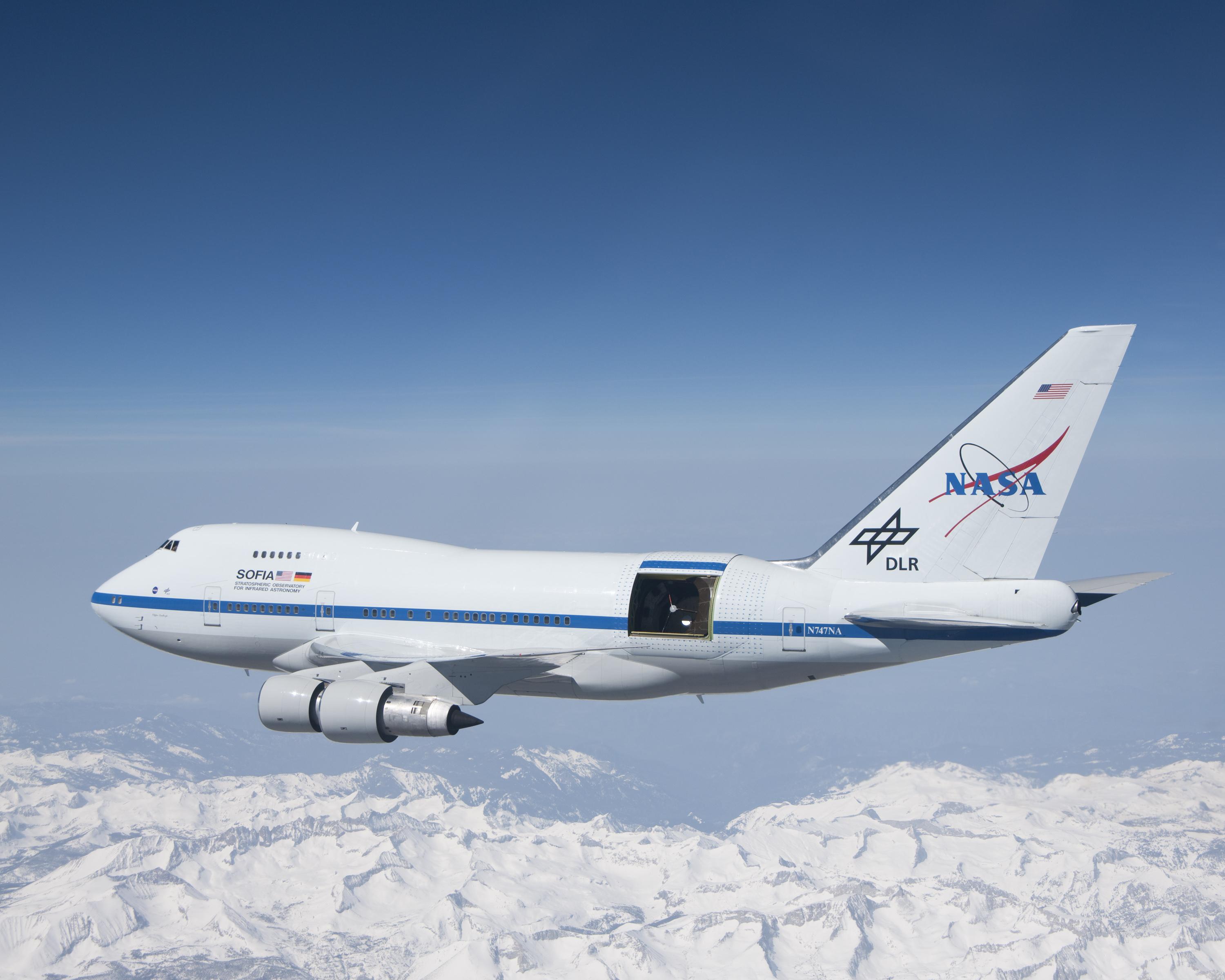How Many Citations Did NASA Issue to Boeing: Unveiling the Facts
NASA issued several citations to Boeing. The exact number varies over time.
These citations often concern safety, compliance, and operational standards. NASA and Boeing have a long history of collaboration. Sometimes, this relationship encounters bumps. Citations from NASA to Boeing highlight these moments. They serve as reminders of the high standards in aerospace.
Understanding these citations helps us see how NASA ensures safety. It also shows Boeing’s role in maintaining these standards. This blog will dive into the specifics. We will explore the reasons behind these citations. We will also look at their impact on both NASA and Boeing. Stay with us to learn more about this important topic in aerospace.

Credit: www.boeing.com
Historical Context
Understanding the historical context of NASA’s citations to Boeing requires exploring their long-standing relationship. Over the decades, both entities have collaborated on numerous pivotal projects. This has shaped the aerospace industry as we know it today.
Early Collaborations
NASA and Boeing’s partnership began in the early days of space exploration. In the 1960s, Boeing played a vital role in the Apollo missions. They provided critical technology and support. Their contributions were essential for the success of lunar landings.
Boeing also worked on the Saturn V rocket, the launch vehicle that took astronauts to the moon. Their expertise in engineering and manufacturing was crucial. This collaboration laid the foundation for future space missions.
Major Projects And Milestones
Over the years, NASA and Boeing have worked on several landmark projects. One of the most notable is the Space Shuttle program. Boeing was involved in building and maintaining the shuttles. They ensured the safety and efficiency of these reusable spacecraft.
Another significant project is the International Space Station (ISS). Boeing has been a key partner in its construction and operation. They provided various components and systems. Their role has been pivotal in the ISS’s ongoing success.
In recent years, Boeing has been working on the CST-100 Starliner. This spacecraft aims to transport astronauts to the ISS. It’s part of NASA’s Commercial Crew Program. The collaboration between NASA and Boeing continues to evolve, pushing the boundaries of space exploration.
| Project | Role of Boeing |
|---|---|
| Apollo Missions | Provided technology and support |
| Saturn V Rocket | Engineering and manufacturing |
| Space Shuttle Program | Building and maintenance |
| International Space Station | Construction and operation |
| CST-100 Starliner | Transporting astronauts to ISS |

Credit: fortune.com
Citations Overview
NASA and Boeing have a significant relationship. The number of citations issued to Boeing by NASA is an important topic. Understanding these citations helps in grasping the dynamics of aerospace regulations.
Definition Of Citations
Citations are formal notices issued for regulatory non-compliance. They highlight areas where the company needs to improve. In the aerospace industry, citations ensure adherence to safety and quality standards.
Importance In Aerospace Industry
Citations play a crucial role in maintaining safety. They ensure companies like Boeing meet strict standards. This helps in avoiding potential hazards. Citations also push for continuous improvement. They drive innovation and adherence to best practices.
Notable Citations Issued
Nasa has issued several citations to Boeing over the years. These citations cover various areas such as safety violations and technical non-compliance. Let’s explore some notable citations issued to Boeing.
Safety Violations
Boeing has faced multiple citations related to safety. Nasa ensures strict adherence to safety standards.
- Improper Documentation: Nasa cited Boeing for inadequate safety documentation.
- Training Gaps: Boeing failed to provide sufficient safety training.
- Equipment Issues: Nasa noted issues with Boeing’s safety equipment maintenance.
These safety violations highlight the importance of rigorous safety practices. Nasa’s oversight ensures that safety remains a top priority.
Technical Non-compliance
Technical non-compliance is another area where Nasa has cited Boeing. These citations include:
- Software Flaws: Nasa identified several software issues in Boeing’s systems.
- Design Errors: Boeing’s designs did not meet Nasa’s technical standards.
- Testing Protocols: Boeing failed to follow proper testing procedures.
Technical non-compliance can lead to serious consequences. Nasa’s citations ensure Boeing addresses these issues promptly.
Here is a summary of notable citations:
| Category | Issue |
|---|---|
| Safety Violations | Improper Documentation, Training Gaps, Equipment Issues |
| Technical Non-Compliance | Software Flaws, Design Errors, Testing Protocols |
Nasa’s role in issuing citations ensures Boeing maintains high standards. This helps ensure safety and reliability in their operations.
Case Studies
In the realm of space exploration, NASA and Boeing’s collaboration has seen ups and downs. This section delves into significant case studies where NASA issued citations to Boeing. These incidents shaped policies and safety measures in the aerospace industry.
Challenger Incident
The Challenger disaster on January 28, 1986, was a major tragedy. It led to the loss of seven astronauts. The shuttle broke apart 73 seconds after launch.
NASA’s investigation revealed several faults. Some of these were in the design and management. Boeing, a key contractor, received citations for their role.
The primary fault was in the O-ring seals. These seals failed due to cold temperatures. Boeing was responsible for the faulty design.
NASA issued multiple citations. These highlighted the need for better quality control. Boeing had to review and improve their processes.
Columbia Disaster
The Columbia disaster occurred on February 1, 2003. The shuttle disintegrated upon re-entry, killing all seven crew members.
NASA’s investigation pointed to a piece of foam. This foam struck the shuttle’s wing during launch. The impact caused a breach in the wing’s thermal protection system.
Boeing received citations for their failure to address known risks. Their engineers had previously identified the foam issue.
Additional citations were for inadequate communication. Boeing failed to report the severity of the problem to NASA.
As a result, Boeing had to enhance their risk management strategies. They implemented stricter safety protocols.
These case studies underscore the importance of vigilance. They serve as reminders of the critical need for safety in space missions.
Impact On Boeing
The citations issued by NASA to Boeing have had significant consequences for the company. These citations have affected Boeing in various ways, impacting its financial health, reputation, and public perception. Understanding these impacts helps to grasp the broader implications for Boeing.
Financial Repercussions
Receiving multiple citations from NASA can lead to hefty fines for Boeing. These financial penalties can strain the company’s budget and reduce profitability. Additionally, Boeing might need to allocate resources for legal fees and compliance measures. This allocation can detract from investment in innovation and growth. The direct and indirect costs can thus affect Boeing’s financial stability.
Reputation And Public Perception
Citations from a prestigious organization like NASA can tarnish Boeing’s reputation. The public may perceive Boeing as less reliable or trustworthy. This shift in perception can impact customer loyalty and investor confidence. Negative media coverage can amplify these effects, creating long-term challenges. Maintaining a positive public image is crucial, and citations can significantly hinder this effort.

Credit: science.nasa.gov
Boeing’s Response
Boeing has faced multiple citations from NASA. The aerospace giant has taken steps to address these issues. Boeing’s response focuses on implementing corrective actions and updating policies to prevent future violations. This response aims to restore confidence and ensure compliance with NASA’s standards.
Corrective Actions
Boeing has introduced several corrective actions to address the citations. These actions include:
- Enhanced training programs for all employees
- Improved quality control procedures
- Regular audits to ensure compliance
- Collaboration with NASA to identify and fix issues
These steps are designed to correct past mistakes. They also aim to prevent future errors and ensure safety.
Policy Changes
In addition to corrective actions, Boeing has made significant policy changes. These changes aim to align Boeing’s operations with NASA’s requirements. Key policy updates include:
- Revised safety protocols for all projects
- Stricter guidelines for project documentation
- New reporting systems for issues and non-compliance
- Mandatory risk assessment for all new projects
These policy changes reflect Boeing’s commitment to maintaining high standards. They also show a proactive approach to avoiding future citations.
Future Implications
The citations issued by NASA to Boeing carry significant weight. They signal the importance of compliance and safety in aerospace. The future implications of these citations extend beyond immediate penalties. They influence future operations, safety protocols, and industry standards.
Potential For Future Citations
Future citations could arise if Boeing does not address the current issues. These might relate to safety, technical malfunctions, or procedural oversights. Continuous monitoring by NASA ensures compliance. If Boeing fails to meet the standards, more citations may follow.
Each citation affects Boeing’s reputation and operations. It can lead to stricter regulations and increased scrutiny. This impacts their ability to compete and innovate in the aerospace sector.
Lessons Learned
The citations serve as a learning opportunity for Boeing. They highlight areas needing improvement and adherence to safety protocols. Boeing must analyze the reasons behind each citation. This helps in preventing future violations.
Implementing corrective measures is crucial. It ensures that the same mistakes do not recur. These lessons are vital for maintaining safety standards and operational efficiency. They also play a role in rebuilding trust with stakeholders and the public.
Frequently Asked Questions
How Many Citations Did Nasa Issue To Boeing?
NASA issued 13 citations to Boeing in 2020. These citations were related to safety and compliance.
What Are The Reasons For Nasa’s Citations To Boeing?
Citations were for safety violations, compliance issues, and procedural lapses. NASA aims to ensure high safety standards.
How Does Nasa Issue Citations To Aerospace Companies?
NASA conducts inspections and audits. If issues are found, citations are issued to ensure corrective actions.
What Impact Do Citations Have On Boeing?
Citations can lead to financial penalties and reputational damage. They also push Boeing to improve safety standards.
Conclusion
NASA’s citations to Boeing highlight crucial safety and compliance issues. These citations ensure accountability in aerospace projects. Boeing must address these concerns promptly. Safety and precision are vital in space missions. Continuous improvements are necessary for progress. Following guidelines ensures safer and more efficient missions.
Boeing’s response to these citations will be closely watched. Future collaborations depend on resolving these issues effectively. The aerospace industry’s success hinges on strict adherence to safety standards. Keeping a close eye on such developments is important.


